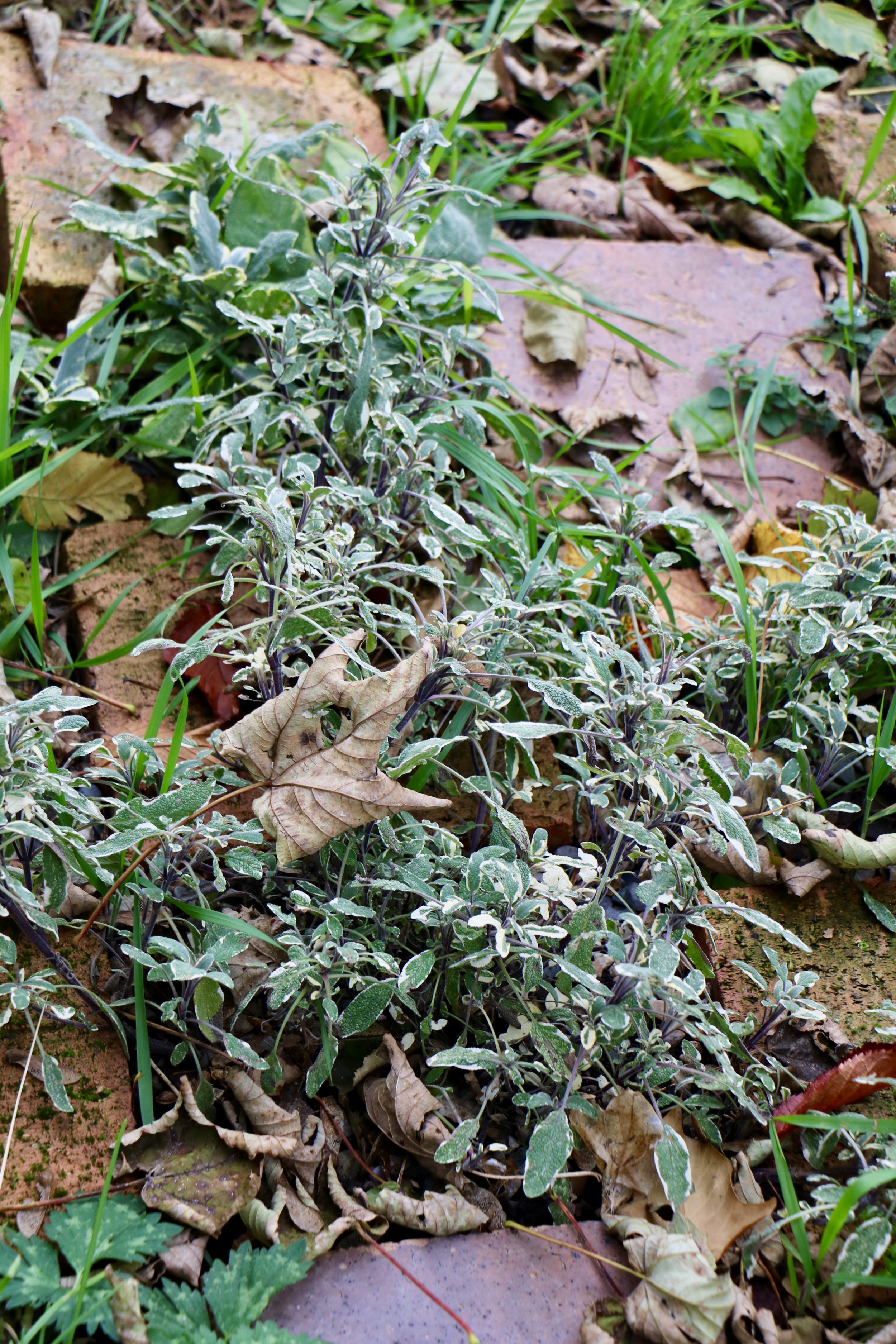70. Autumn in the Walled Garden
It has been a strange old year this year. I have been distracted by the day job these last few months so the walled garden has had to take a back seat. There have been weeks when I haven’t been able to spend any time there at all. I need some catch-up time this autumn to tidy up and get it ready for winter and next spring. So I wrapped up on a very windy day in Parkgate and did a little recce to see what is there, and to make a list of things that need my attention.
We planted three fig trees over the last 18 months. They all came from the London garden and had been growing in pots for 10+ years. I love the way fig trees grow, as much for their architectural interest as the fruit. The leaves make lovely shadows on the wall when the sun shines. All the trees were planted against the walls of the garden: south-west facing, north-west facing and north facing walls. One of them sulked for 8 months - I thought we had lost it, until one day I noticed new leaf shoots on the very tips of the branches, and it has flourished ever since. They have all settled in really well, and have been prolific this season. There is a lot of fruit but we have not had enough sun to ripen them, but the birds and voles don’t seem to mind.
The trees in the fruit dome have lost most of their leaves. They have struggled a bit this year - at 2-3 years old they should have been planted out by now, and struggle being in pots still. Especially during dry spells. Even with regular watering they are not as robust as they should be. The smaller fruit bushes are doing well and have given some fruit: the miniature mulberries, the blueberries and the Chilean guavas (delicious!). I also had some plums on the plum tree and a lot of Japanese quinces. Unfortunately the trees will need to stay in pots for another 6-12 months still, so I will need to feed them well over autumn and winter and hope that helps them through another season.
The herb garden has grown into itself with the plants dominating now instead of the paving stones. All the herbs have established well: sage, thyme, marjoram, curry plants, feverfew, rosemary, chives and garlic chives. I even came across a frog living happily in between the plants. The chives have struggled most - they are competing with wandering grass and need regular weeding to give them space. Interestingly the garlic chives have been much tougher and see off any encroaching grass without any help from me. I might add some purple sage and thyme plants next season.
The vegetable beds and pots have been the most neglected over the last few months. Instead of harvesting little and often, they have been left to themselves and I have ended up with large crops all in one go. Many of the salad plants ran to seed from lack of regular picking. The borlotti beans did well so I have left some pods on the plants to collect the seeds for next year. I am still lifting things now: a late beetroot harvest, the potatoes still need to be done and there is a pile of onions that need to be stored somewhere cool and dry. I even have a few small ears of strawberry popping corn to pick, although I am not sure they have had enough sun to be edible.
The cordon and fan-trained fruit trees continue to grow well and fill out their space. I prune them back in the summer: apparently that encourages fruiting vs leaf growth (which is what would happen with autumn / winter pruning). They have been in for 2 years now, so I am hoping to get some real fruit next season. I still keep the ground around them free of weeds, and mulch the soil well in the summer.
The walled garden is starting to hunker down for the winter now. The silver birch and prunus trees are losing their leaves, the grass and the weeds have slowed down and the last of the seed pods are ready to be picked. My mini-greenhouses need clearing out to get them ready for young plants next season, and all the beds need to be top dressed with manure and a good quality (peat free) compost. The trusty nets across the top of the beds finally need replacing - I will do that to protect them from cats and other creatures over winter. All the air-pots need emptying, cleaning and new compost added, ready for my potato and tomato plants next season.
I enjoy doing these end of season tasks. With the evenings drawing in and the prospect of the cold and dark months of winter ahead, it makes me think of spring and the next batch of things to be planted out next year.



















